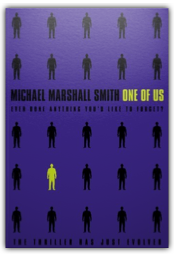
If you like the brain-stretching work of William Gibson (author of Neuromancer) and Philip K. Dick (author of Do Androids Dream of Electric Sleep?, which was the basis for Blade Runner), you'll feel right at home with this latest futuristic thriller from the author of the well-received Spares (available in paperback). It's 2017, and the first time we meet Hap Thompson he's being hassled in a bar in Ensenada by his alarm clock, which not only talks but walks and has a bad attitude. Hap, a prodigious computer hacker with a pretty bad attitude himself, works for an outfit called REMtemps, which offers a unique service—removing clients' bad dreams by sucking them into the heads of paid professionals. (Could Smith have been influenced at all by the title of one of Dick's best stories, "I Can Dream It for You Wholesale"?) Unfortunately, one of the bad dreams Hap is called on to swallow involves a real murder, and the search for the woman who dreamed it in the first place takes him—and us—on a literally mind-bending journey of scientific and philosophic discovery. But there's plenty of action, gadgetry, and snappy noir dialogue to make it all go down easily. —Dick Adler 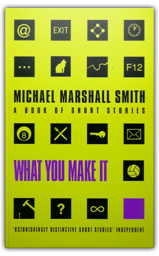
There are those SF readers who resent the authors and publishers who attempt to downplay the genre aspects of their books to grant them more mainstream credibility. This resentment is fair enough, in that no one need be ashamed of creating a top-notch SF novel. But these readers will be doing themselves a great disservice if they do not pick up Michael Marshall Smith's superb collection of short stories What You Make It merely because the jacket has been designed to suggest mainstream fiction without the slightest SF association. 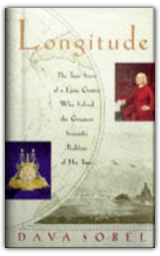
The thorniest scientific problem of the eighteenth century was how to determine longitude. Many thousands of lives had been lost at sea over the centuries due to the inability to determine an east-west position. This is the engrossing story of the clockmaker, John "Longitude" Harrison, who solved the problem that Newton and Galileo had failed to conquer, yet claimed only half the promised rich reward. 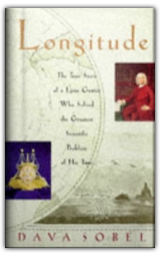
The thorniest scientific problem of the eighteenth century was how to determine longitude. Many thousands of lives had been lost at sea over the centuries due to the inability to determine an east-west position. This is the engrossing story of the clockmaker, John "Longitude" Harrison, who solved the problem that Newton and Galileo had failed to conquer, yet claimed only half the promised rich reward. 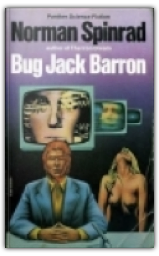
Norman Spinrad made his biggest SF splash with Bug Jack Barron, whose 1967—68 New Worlds serialisation brought raging controversy which Michael Moorcock discusses in an afterword. It's a quintessential 1960s novel, prophetically highlighting the irresponsible power of mass media and corporations. |
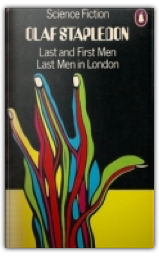
Olaf Stapledon's first novel Last and First Men, published in 1930, has sometimes been called science fiction's Bible—a sweeping, exhilarating history of humanity's future. Its awesome timescale, stretching across five billion years, was an inspiration to the young Arthur C. Clarke, who later wrote: "No book before or since ever had such an impact on my imagination." However, Last and First Men should come with a health warning: The early chapters, dealing with near-future politics from the viewpoint of 1930, are mired in dodgy short-term speculation and have dated badly. Soon Stapledon rings down the curtain on us "First Men" as an uncontrolled nuclear reaction sweeps the world and boils the oceans—and now his imagination takes flight. The Second Men are plagued with invasions of cloud-like Martians; the bat-eared, six-fingered Third Men deliberately create the Fourth Men who are essentially huge, immobile brains ... and so on through ever-vaster gulfs of time. Individuals, nations, civilizations, even species are evocatively shown as mayflies flickering in and out of existence in an immense, chilly cosmos that goes uncaringly on forever. Yet it's not a gloomy work: even as the dying Sun promises to become their funeral pyre, the Last Men affirm that "It is very good to have been man." Another classic choice from Millennium SF Masterworks. —David Langford 
The Virgin Queen, Gloriana, Good Queen Bess; Elizabeth I holds a unique place in the English imagination as one of the nation's most powerful, charismatic and successful monarchs. Elizabeth is usually imagined as the icy, untouchable figure memorably recreated on screen by Bette Davis and Judi Dench, but that vision of Elizabeth ignores the turbulent years of her early life, from her birth as the daughter of Henry VIII and Anne Boleyn in 1533, until her accession to the throne in 1558 following the death of her sister Mary. It is these early years which are the subject of David Starkey's fascinating Elizabeth I, written to accompany his television series about the life of Elizabeth. 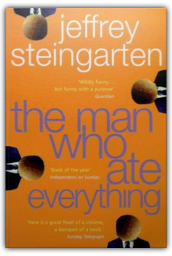
Jeffrey Steingarten was a lawyer until 1989, when an invitation to write for American Vogue effected his metamorphosis into a food writer—unquestionably a higher form of life. As the self-styled Man Who Ate Everything, he could allow himself no favourite foods nor irrational dislikes; consequently, the first piece in the book describes his heroic efforts to purge himself of all food phobias in preparation for his new post. The Six-Step Programme he devised was largely successful: as a result, kimchi (Korean pickled cabbage), anchovies, Greek food and clams ("I feel a mild horror about what goes on in the moist darkness between the shells of all bivalves...is the horror deeper than I know?) all assumed a place in his diet. He became the "perfect omnivore". Now he seems to travel the world, eating. The Man Who Ate Everything deals to a certain extent with food and cooking, but its real subject (aside from Steingarten himself) is our attitude towards what we eat—what our food choices reveal about us. So he discusses the complex issues surrounding choosing the best brand of bottled water; the pros and cons of cooking "French" fries in horse fat; the deadly toxins that infest a virginal salad. He travels to Alsace in pursuit of le Veritable Choucroute Garni, to Piedmont to join white-truffle hunters, to Kyoto to worship at the shrine of kaiseki ryori, formal Japanese haute cuisine. By turns witty, learned, satirical and riotously farcical, The Man Who Ate Everything is never less than passionate about his subject. —Robin Davidson 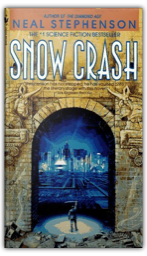
From the opening line of his breakthrough cyberpunk novel Snow Crash, Neal Stephenson plunges the reader into a not-too-distant future. It is a world where the Mafia controls pizza delivery, the United States exists as a patchwork of corporate-franchise city states, and the Internet—incarnate as the Metaverse—looks something like last year's hype would lead you to believe it should. Enter Hiro Protagonist—hacker, samurai swordsman and pizza-delivery driver. When his best friend fries his brain on a new designer drug called Snow Crash and his beautiful, brainy ex-girlfriend asks for his help, what's a guy with a name like that to do? He rushes to the rescue. A breakneck-paced 21st-century novel, Snow Crash interweaves everything from Sumerian myth to visions of a postmodern civilization on the brink of collapse. Faster than the speed of television and a whole lot more fun, Snow Crash is the portrayal of a future that is bizarre enough to be plausible. —Acton Lane 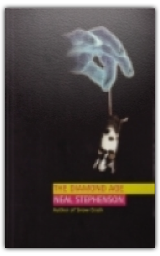
Decades into the future, near the ancient city of Shanghai, a brilliant nanotechnologist named John Percival Hackworth has broken the rigorous moral code of his tribe, the powerful neo-Victorians, by making an illicit copy of a state-of-the-art interactive device called "A Young Lady's Illustrated Primer". Seattle Weekly called Stephenson's Snow Crash "The most influential book since ... Neuromancer." 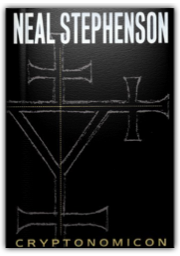
Neal Stephenson enjoys cult status among science fiction fans and techie types thanks to Snow Crash, which so completely redefined conventional notions of the high-tech future that it became a self- fulfilling prophecy. But if his cyberpunk classic was big, Cryptonomicon is huge, gargantuan,massive, not just in size but in scope and appeal. It's the hip, readable heir to Gravity's Rainbow and the Illuminatus trilogy. And it's only the first of a proposed series—for more information, read our interview with Stephenson. 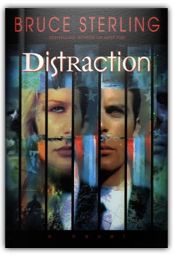
Politics is the art of the possible, the "doable", as Sterling's skewed hero, Oscar Valparaiso, keeps calling his wild improvised plans as if saying the word made them so. Oscar's usually successful schemes are as cobbled together as his own genetics—Oscar is not quite human. Investigating a genetic research facility for a Senate committee, he finds a potential power base, and an enemy worth his attention—the Governor of Louisiana has taken to conquering federal facilities using gangs of the homeless as his deniable mercenaries, and his interest in biotech makes the genetically anomalous Oscar, and the scientist he has fallen for, attractive acquisitions. Having a senator he has just help get elected go stark mad, and finding himself on the Net-wide hit list of every nut with a grudge, are the sort of things with which Oscar copes all the time—love and other altered states of consciousness are a bit more of a problem. Endless witty extrapolations of social and scientific paradoxes and a constant cheeky elaboration of already convoluted plot lines give this the brio of Sterling's best short fiction—if there is a more entertaining near-future SF novel this year, we will be in luck. —Roz Kaveney 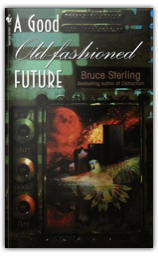
This is a paperback collection of seven short stories by former cyberpunk guru turned socio/cultural prognosticator Bruce Sterling. Most of the works here come with impressive pedigrees, ranging from a Hugo Award for "Bicycle Repairman" to Hugo nominations for "Maneki Neko" and "Taklamakan". Another piece, "Big Jelly", was co-written by Sterling's fellow cyberpunk, Rudy Rucker. |

Mike Scott
Collection Total:
4227 Items
4227 Items
Last Updated:
Feb 21, 2010
Feb 21, 2010
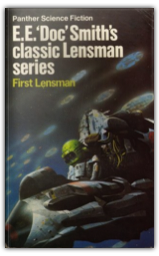

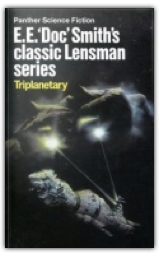
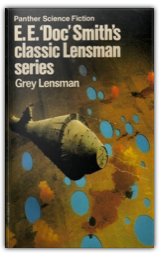
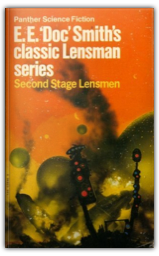
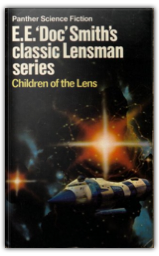
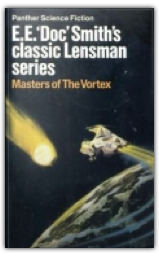
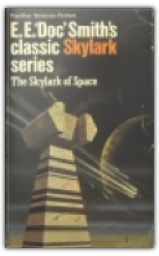
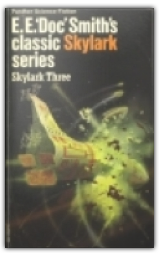
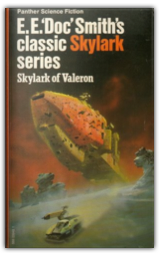
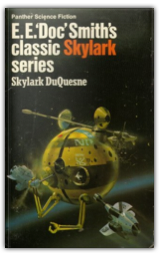
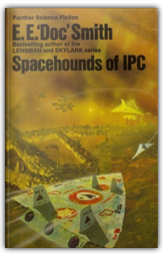
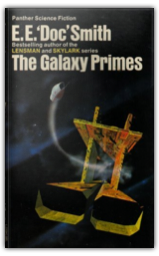
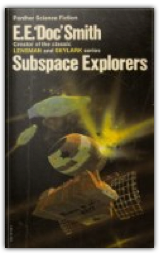

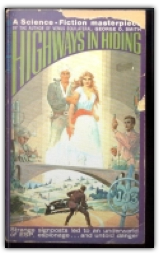


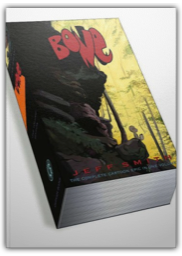


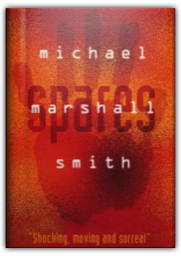
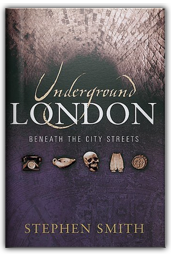

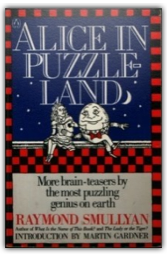
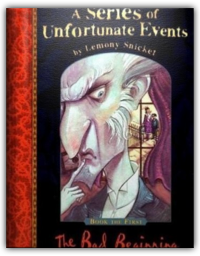
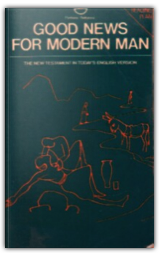




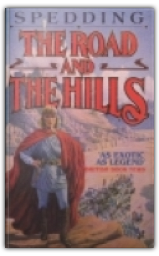
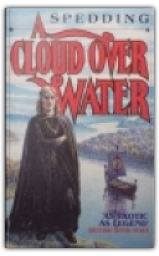
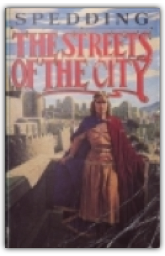
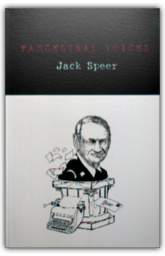



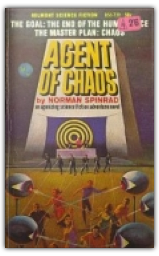
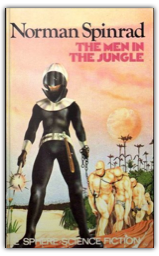

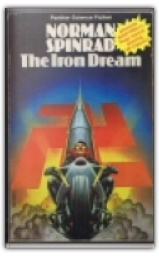
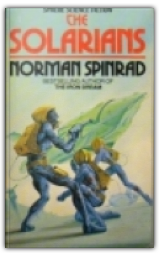
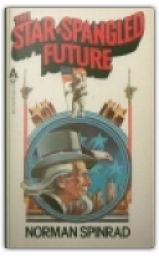
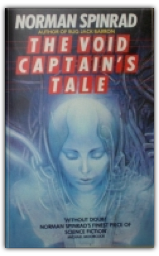

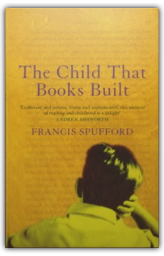
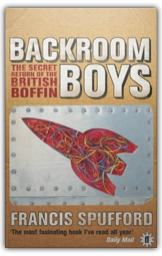

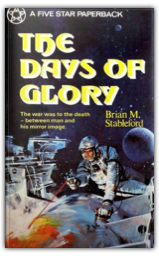
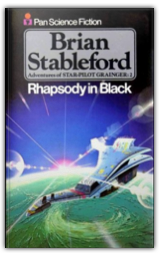
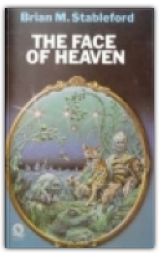
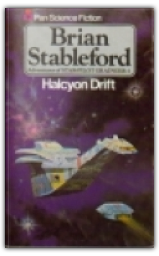
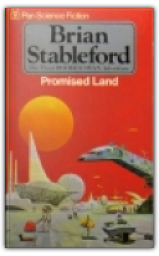

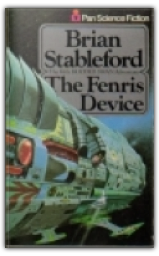
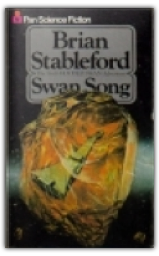
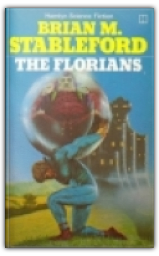
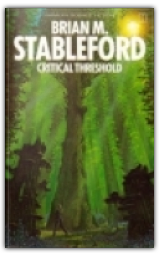
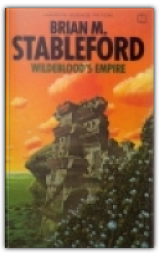
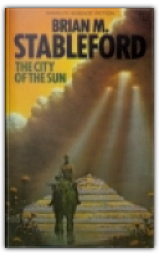
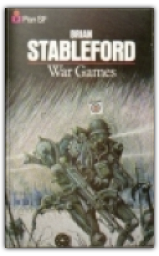

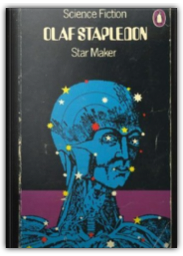
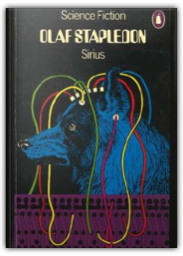

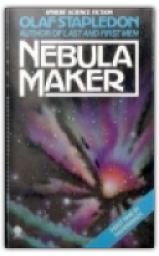
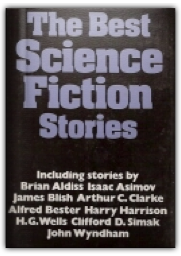
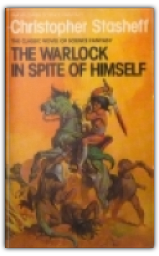
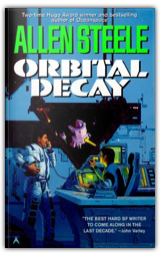


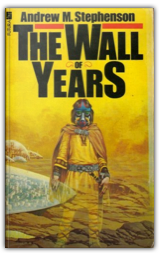
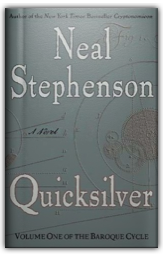
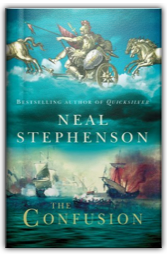



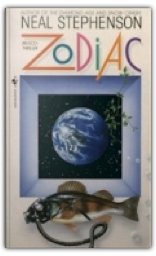
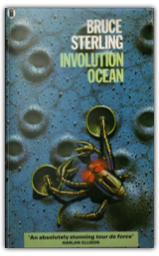
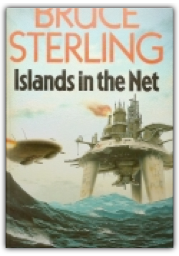
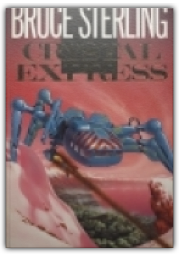
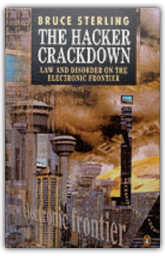
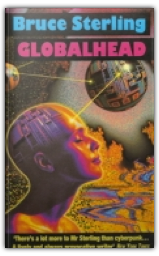




 Made with Delicious Library
Made with Delicious Library